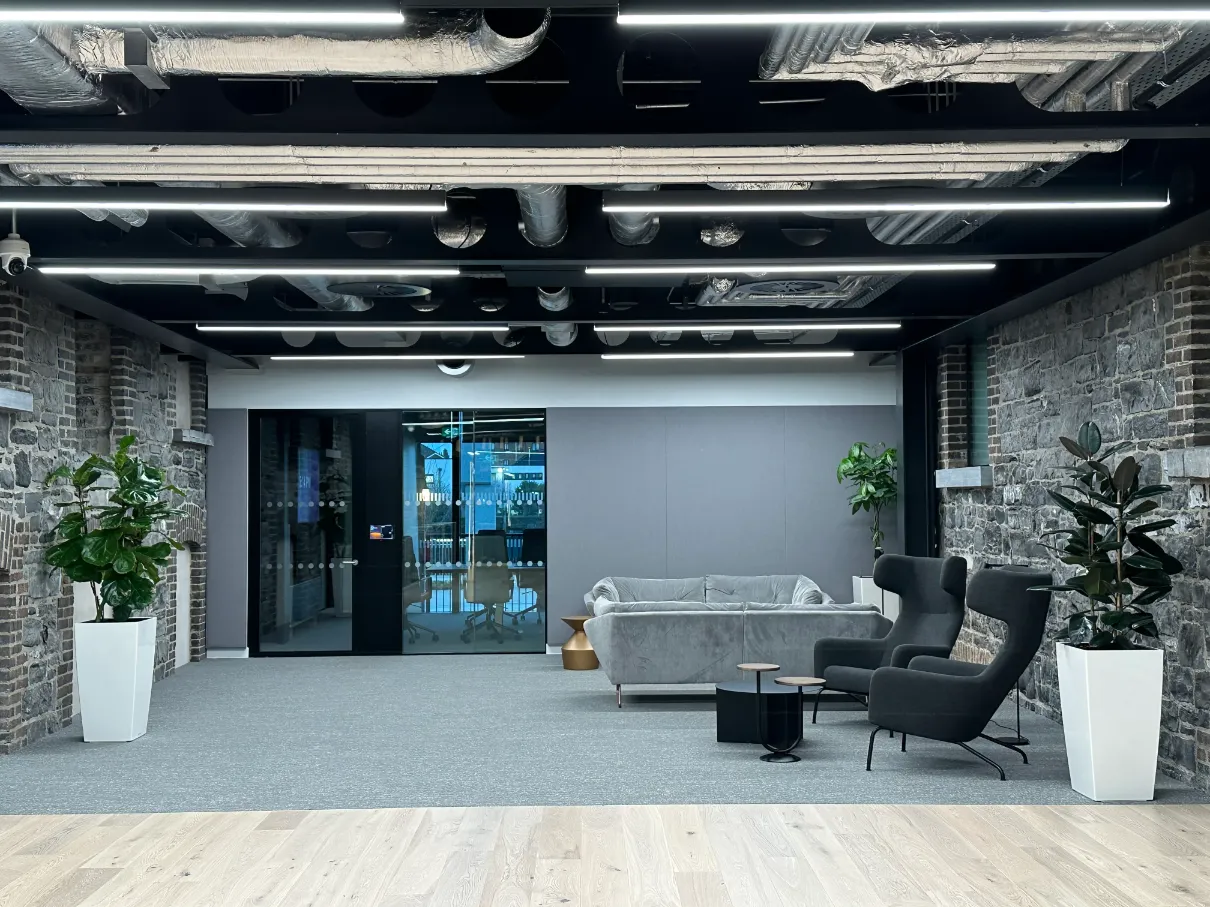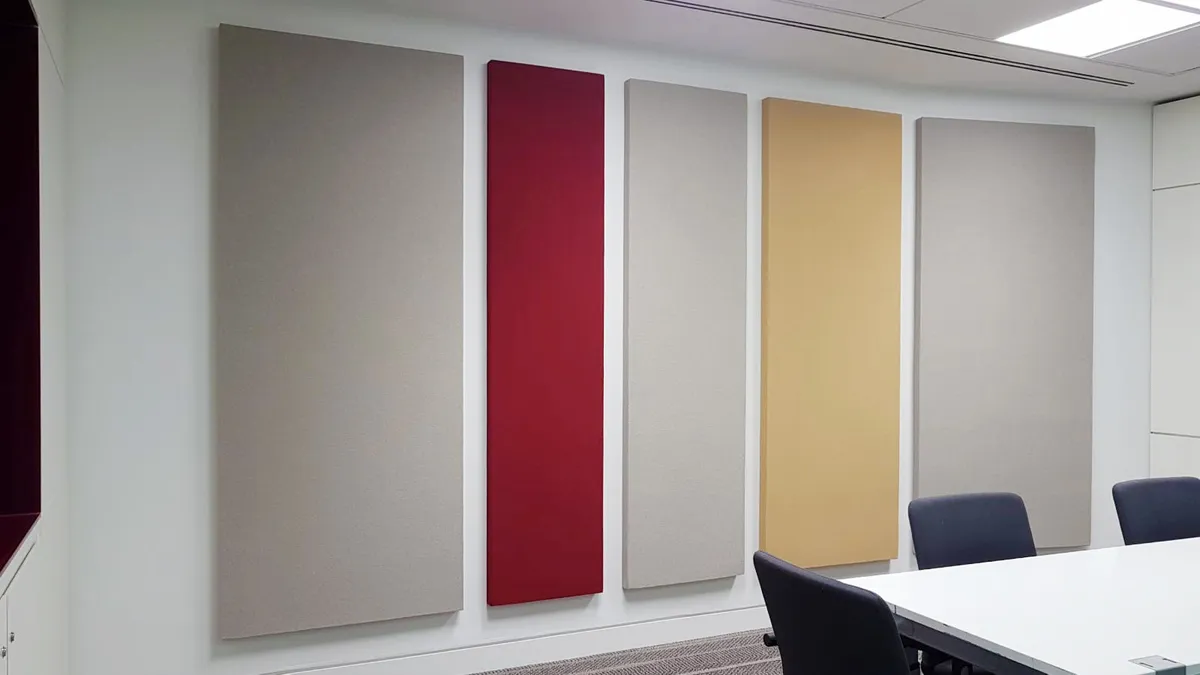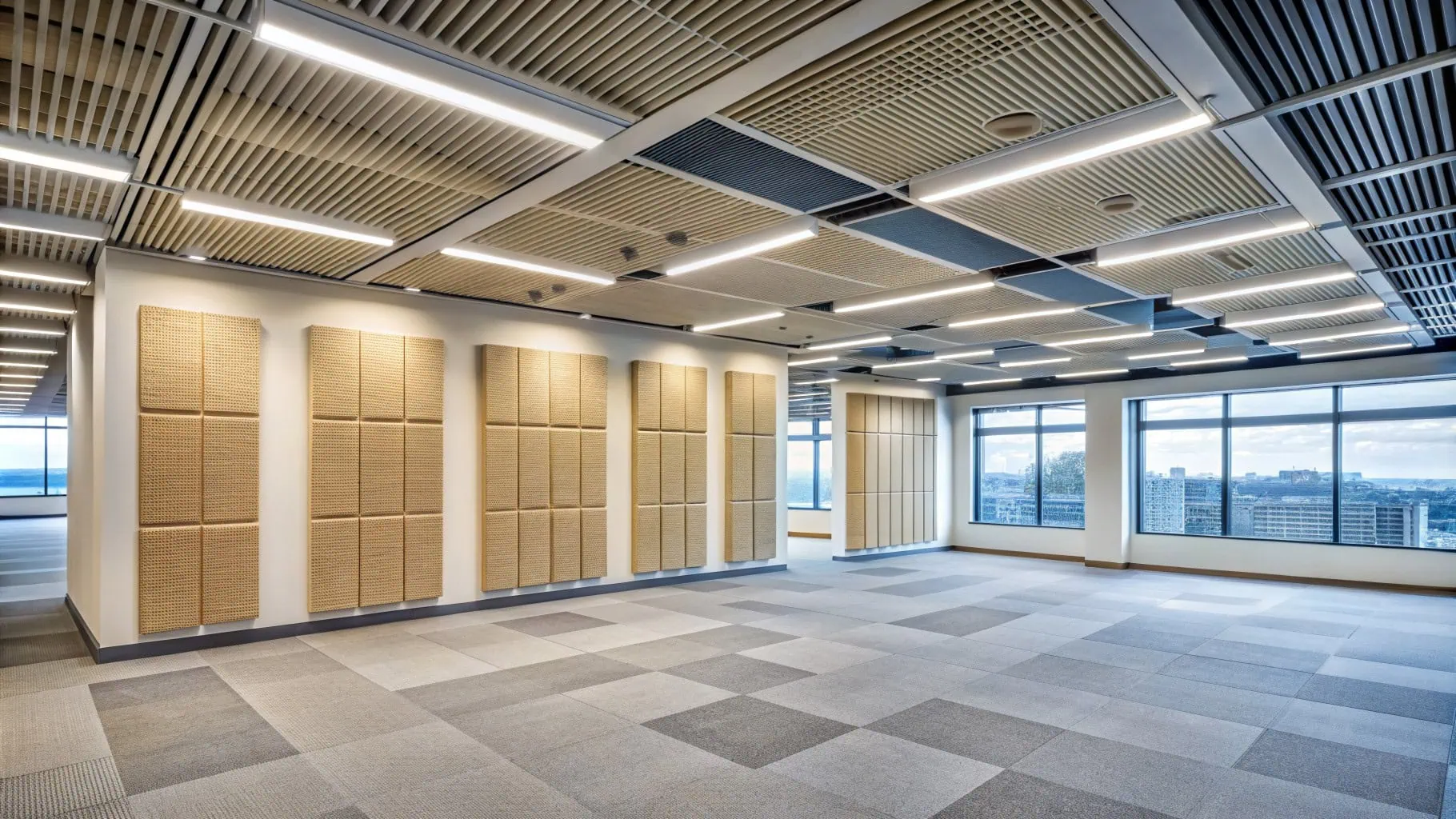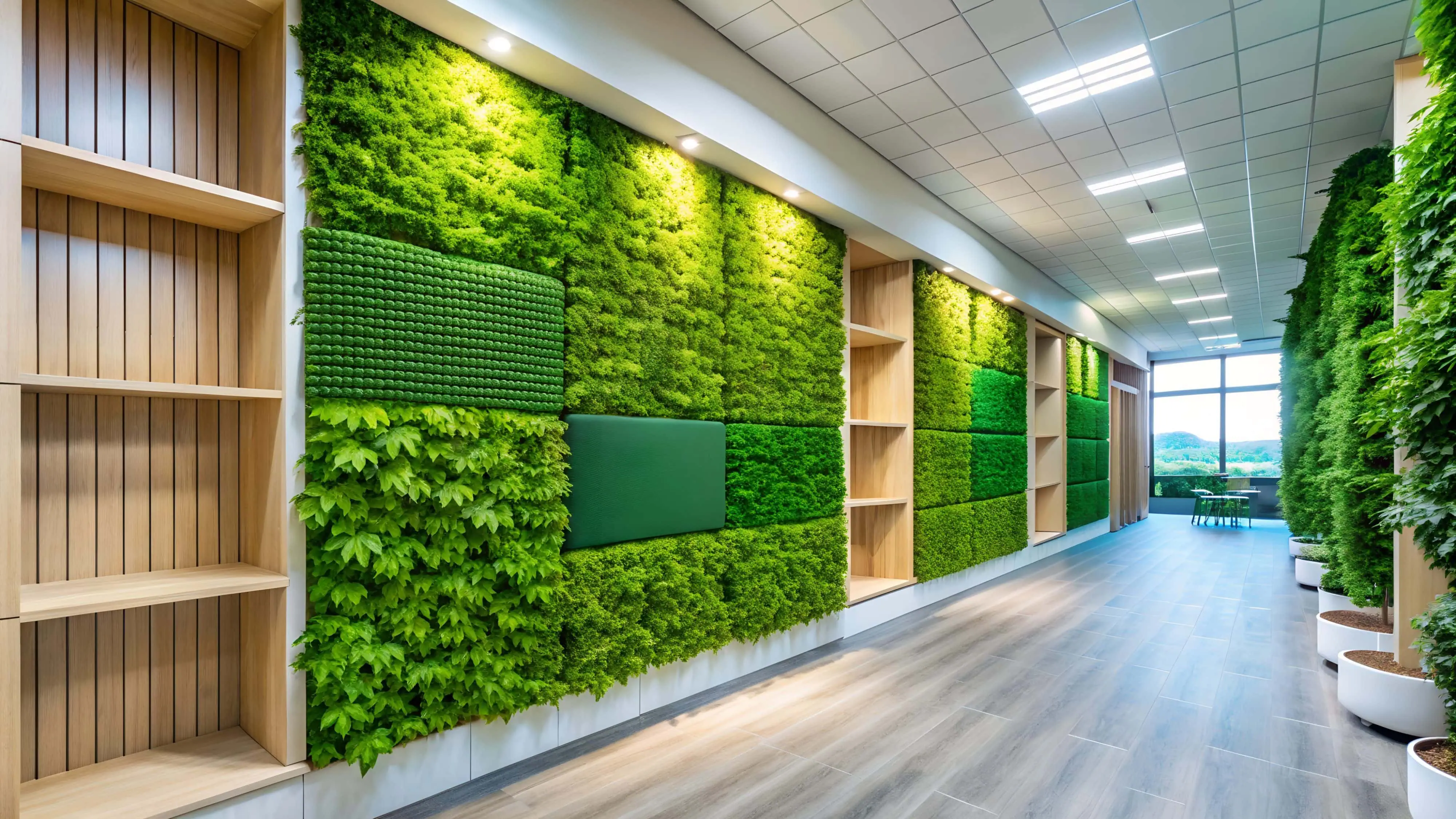Are Acoustic Panels Worth it?
Vibe by Vision Acoustics specialises in providing the highest quality acoustic panels, which are designed to help you maintain the peace and quiet of your home or office even while it’s surrounded by the hustle and bustle of everyday city life. But do they really work? Are they really worth the money? Let’s explore how acoustic panels can reduce noise pollution and make your environment much more liveable.
Acoustic Panels and Outside Noise
Acoustic panels are particularly effective in combating the echo and reverb effects that can plague large open spaces with hard surfaces like cement or brick. These surfaces reflect sound waves, creating a harsh, disruptive environment that makes it difficult to concentrate or relax.
When installed on walls and ceilings, acoustic panels can help to reduce the amount of outside noise that enters a room. This is because the panels absorb sound waves before they can reflect off hard surfaces like walls and floors, which can amplify noise and make it more difficult to concentrate or relax.
Acoustic panels are particularly effective at reducing low-frequency noise, such as the rumble of traffic or the hum of machinery. This is because these frequencies are more difficult to block with traditional soundproofing methods but can be absorbed by the porous material used in acoustic panels.
But acoustic panels aren’t just functional – they can also be beautiful. Vibe by Vision Acoustics offers a wide variety of customisable designs that allow you to choose panels that not only match your acoustic needs but also complement your interior decor. Whether you want a sleek, modern look or a more rustic aesthetic, Vibe by Vision Acoustics has the perfect panel for you.

Where to install acoustic panels for maximum effectiveness
To achieve maximum effectiveness when installing acoustic panels, it is essential to strategically place them in areas where sound waves are most likely to bounce or reverberate, thus creating an optimal listening environment. Key locations include the first reflection points on the walls, which can be identified by employing the mirror trick. This involves a person holding a mirror and moving it along the wall until the speaker is visible from the listening position, indicating the optimal position for panel placement. Ensuring these critical points are covered will substantially improve sound clarity and reduce unwanted echoes.
Additionally, installing panels in the corners of the room, where low-frequency build-up occurs, will help to mitigate bass issues that often cause muddiness in the audio. For the best results, consider using bass traps specifically designed to absorb low-frequency energy. These traps can be placed both vertically and horizontally in the corners to address different frequency ranges.
Ceiling panels should also be considered if there is a significant amount of echoing or if the space has a high ceiling. High ceilings can create standing waves, which result in uneven frequency response and a less than ideal listening experience. Installing ceiling panels can help attenuate these issues, providing a more balanced and controlled acoustic environment.
In larger or more complex spaces, it might be necessary to assess the room’s acoustic properties using measurement tools or by consulting an acoustician. This will ensure that the specific needs of the space are addressed and that the appropriate types and quantities of acoustic panels are installed.
Benefits of using commercial soundproofing
Commercial soundproofing plays a vital role in various industries to create comfortable, productive, and acoustically balanced environments. In the realm of commercial soundproofing, acoustic panels have become one of the most sought-after solutions for combating noise pollution and enhancing sound quality within a space. One of the primary benefits of using acoustic panels for soundproofing is their cost-effectiveness and ease of installation, making them a popular choice for businesses and organisations of all sizes.
Another significant advantage of acoustic panels is their outstanding sound absorption qualities, which can greatly reduce unwanted noise, echoes, and reverberations. These panels come in a wide array of materials, thicknesses, and designs, ensuring that there is a suitable option for every application. They can be easily customised to fit any room size or shape, providing a versatile solution that can be tailored to the specific requirements of a space.
This flexibility means that acoustic panels can be an ideal choice for a diverse range of settings, from small office cubicles requiring privacy and concentration to larger spaces like warehouses, conference halls, or even restaurants, where controlling noise levels is crucial for customer satisfaction and employee productivity.
Sonar Wall Kingram House



